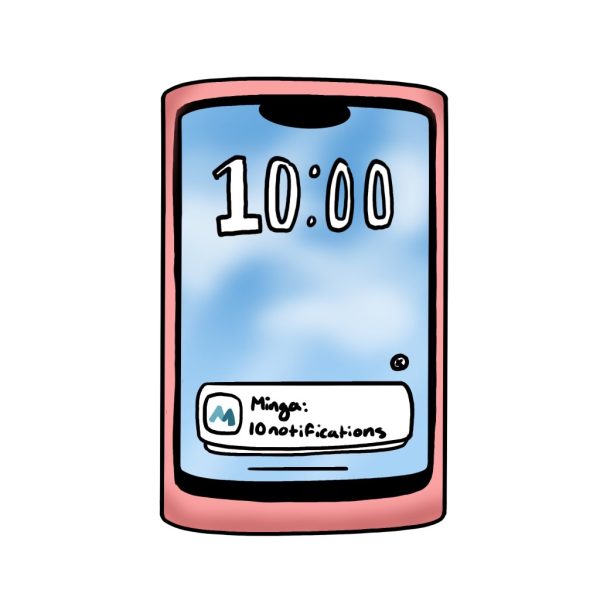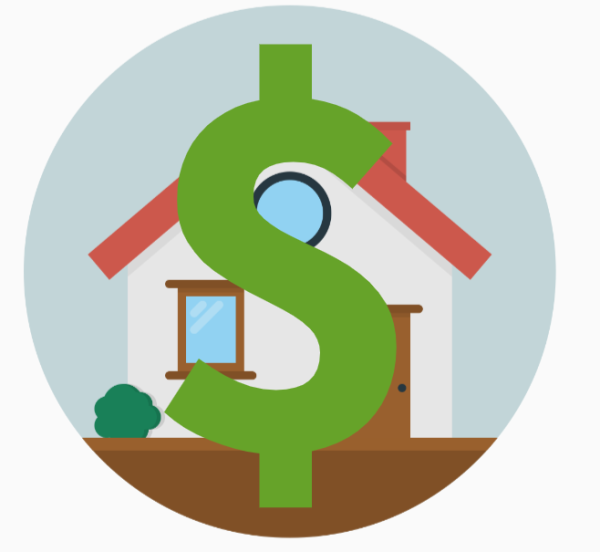I’d rather be napping
Napping not just for toddlers
With bags under her eyes, sophomore Nadia Mouloua tries to concentrate during math class, but all she can think about is the highlight of her day: her after-school nap.
With school starting at 7:20 a.m., extracurricular activities stretching past 6 p.m., and homework to squeeze in as well, sleep often falls to the bottom of the priority list.
According to the National Sleep Foundation, high school students need at least nine hours of sleep to be alert and satisfy their body for the next day. However, the majority of high school students get less than seven because of their busy schedules and procrastination, resulting in them being exhausted during school hours.
For many, a simple solution to their daily exhaustion and achieving the optimal amount of sleep is napping.
“I don’t usually go to bed until 1 a.m. or even 2 a.m., so after a long day of school I’m exhausted and I need to take a nap to get energy,” senior Destiny Massey said.
Even though naps are stereotypically for toddlers, for high schoolers naps can be an essential part of the high school week to regain energy and keep students going with their day.
“A nap is the highlight of my day, it’s what I look forward to every day while I’m at school,” Massey said. “Naps make me feel more awake and give me the energy to finish the things I need to do.”
Nap critics think that students who take them are lazy and unmotivated, but, those who take naps tend to feel more focused and determined. The NSF has proven that students’ creativity and academic performance increase by at least 85 percent after taking a nap, enabling them to work faster and learn more.
“[Naps] allow me to finish my work quickly because I’m more aware,” sophomore Ann Truong said. “In order for me to have the motivation and energy to do my homework, I need to take a nap; they’re like my fuel.”
Though there are benefits, napping can have negative effects as well. For some, over-napping is a common problem. Napping for long hours can cause students to lose time during the day, which results in them starting homework late at night and going to sleep, well, after midnight.
“The only disadvantage taking a nap has is waking up and wanting to sleep more,” sophomore Nadia Mouloua said. “I start doing my homework at midnight and then I have to go to bed really late.”
After school is the most common nap time, with naps ranging from two to five hours, at least once every week. Teenagers who are used to taking naps on a daily basis usually are not able to go a day without one; if so, headaches and bad moods arise. Some students can feel grumpy, agitated and out of place without a nap.
“If I don’t take a nap I feel extremely irritated, I start yelling at everyone and I end up getting a headache,” Truong said.
Even though most students take a nap at home, some find their “ideal” nap time during the school day. Others prefer to take naps on their way home on the bus, allowing them to rest for at least 15 minutes, and not lose time to do homework after school.
“Naps are amazing, whether you take them on the bus, at school or after school, you will always feel happier afterwards,” junior Charlene Nguyen said.
Your donation will support the student journalists of Hagerty High School. Your contribution helps us publish six issues of the BluePrint and cover our annual website hosting costs. Thank you so much!











